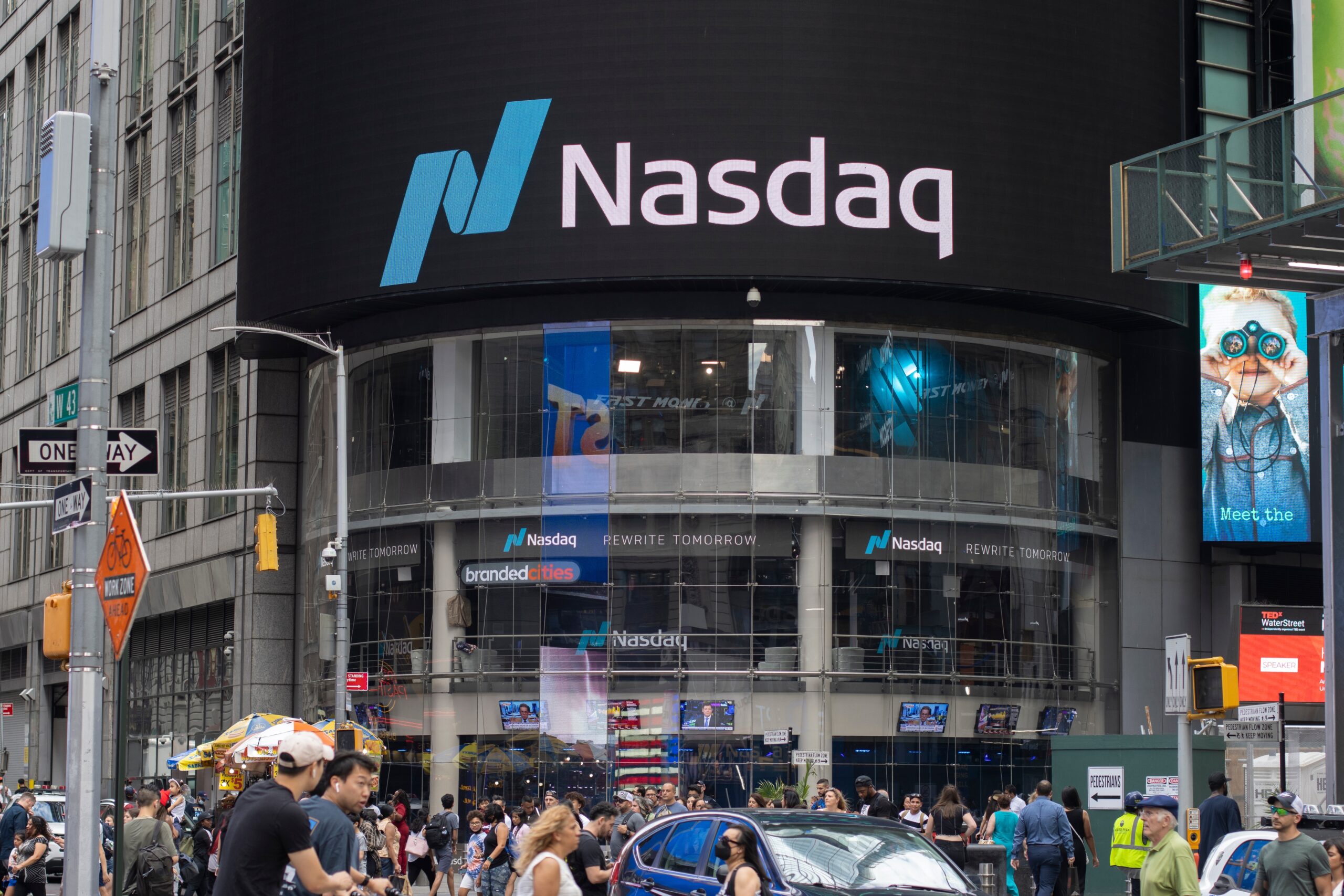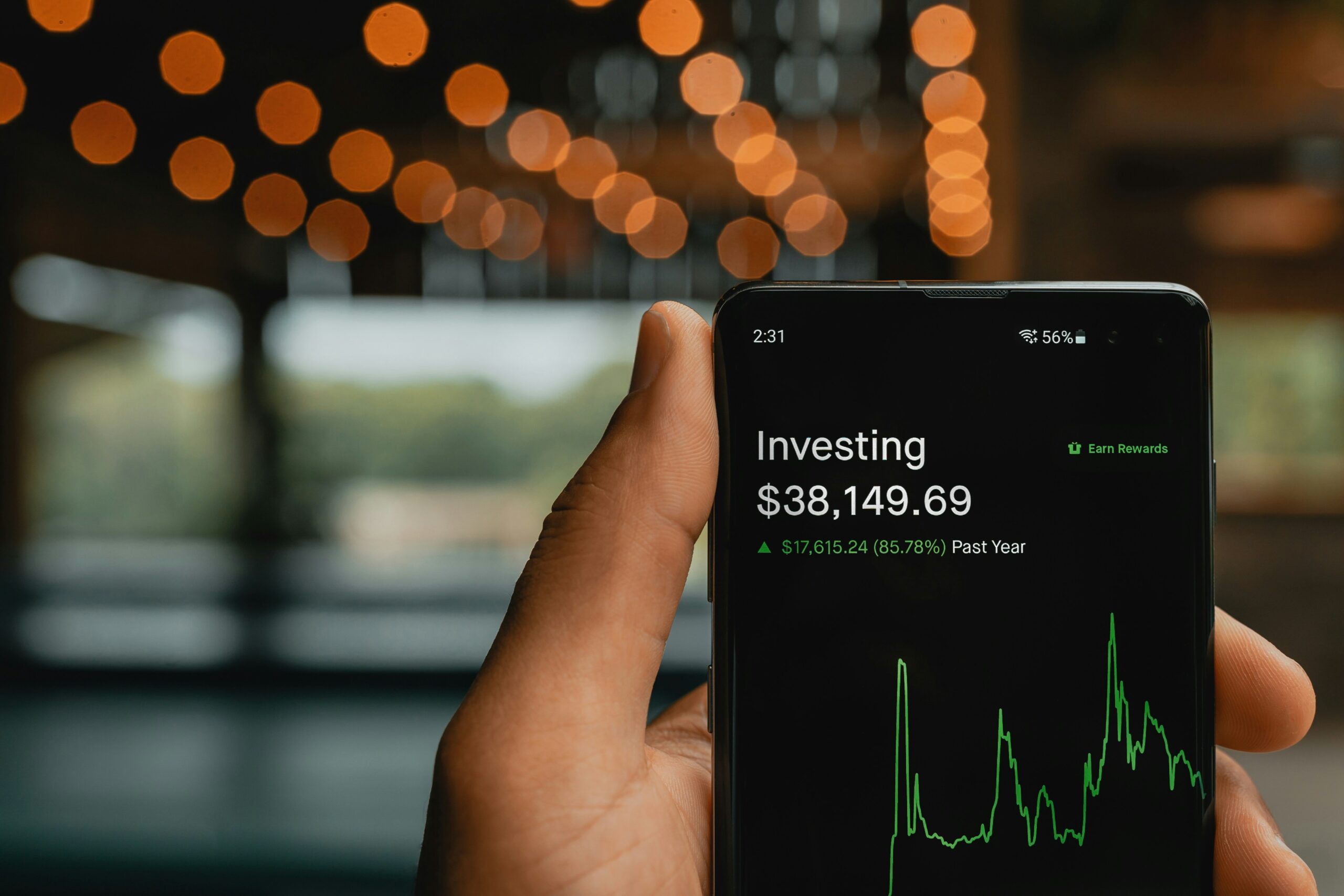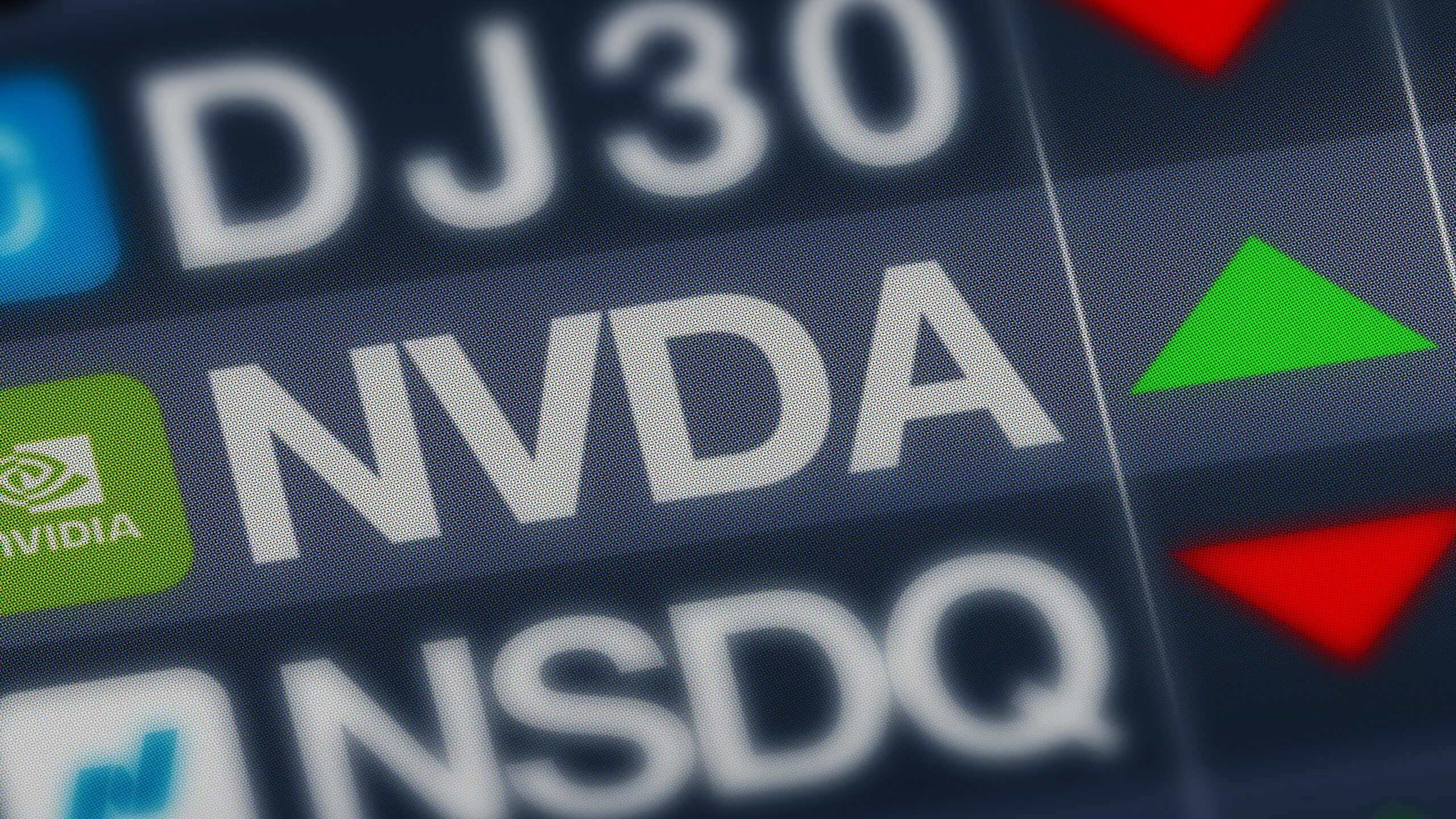The Expansion of the Global Investment Market

TEXT : Pete Robertson
Continued Strong Returns in Global Investments in recent years, investments in global stocks, bonds, and other assets have shown steady returns. Major stock indices, such as the New York Stock Exchange and the Nikkei Stock Average, have reached record highs, demonstrating an upward trend. However, looking at global situations, there are hidden uncertainties like conflicts, economic confrontations, and climate change. In this uncertain global environment, what is necessary to achieve safer asset management? By taking gold investment as an example, let us consider the future of investing.
The global economy was severely impacted by the COVID-19 pandemic, with some companies halting operations, supply chains disrupted, and stock prices plummeting. Since then, stock prices have shown a recovery worldwide. In particular, U.S. tech companies have led the way in rising stock prices. Japanese stocks have also seen improvement, and by February 2024, the Nikkei Stock Average hit its highest level in 33 years. In January 2025, the S&P 500 index, calculated based on the stock prices of the top 500 U.S. companies, reached a new record high, reflecting the continued strength of global investment markets.

The investment environment has also seen changes. Globally, interest rates have been trending lower, leading to rising bond prices, especially for long-term U.S. government bonds, which have increased in demand as safe assets. Investment options have expanded. In addition to stocks and bonds from established companies, new investment opportunities, such as AI development firms and cryptocurrency based on digital technologies, have emerged. In international investments, ESG (Environmental, Social, and Governance) investing, which focuses on companies with consideration for environmental and social factors, has garnered attention. Domestically, the government is also supporting investment through the elimination of tax preferential periods under the NISA system. Many people, having started investing or becoming interested in it due to the pandemic, are now engaging in the investment world.
While the investment market continues to grow, the future of the global situation remains unclear. Ongoing issues such as the spread of various infectious diseases, conflicts in Ukraine and the Middle East, international tensions, and climate change will take time to resolve. These global issues are contributing to political and economic instability, as well as fluctuations in resource prices, creating multiple risk factors for investments.
So, how can one protect their assets in this environment? One approach is to create and review a diversified portfolio. It is essential to gather information on social and economic trends to manage risks and incorporate more stable investment options. Recently, one investment method gaining attention as part of diversification is investment in gold.

The domestic trading price of gold, which was in the 6,000 yen range per gram in 2020, has continued to rise, surpassing 10,000 yen in August 2024. By 2025, the price has exceeded 15,000 yen. Gold, recognized for its value in many countries throughout history, remains a symbol of wealth with universal value. With excellent material properties such as high thermal conductivity and corrosion resistance, it cannot be artificially produced. As a rare metal, over 1,000 tons of gold are recycled annually from electronic devices and other sources, reflecting the high demand for it.
Looking at the past decade, the annual supply of gold has ranged from 4,500 tons to 5,000 tons. About half of this is consumed in jewelry processing, while the remaining portion is used in gold bullion, coins, and investments. Nearly 10% is utilized in electronics and industrial applications, including technology fields. Gold is less affected by societal changes like inflation or high taxes compared to real estate, stocks, or cash. With constant demand for it in industrial and jewelry applications, its value will never become zero. Due to its stability, gold is often referred to as “safe-haven gold” and is resilient to global changes. In fact, after the 2008 Lehman Shock and the COVID-19 pandemic in 2020, gold prices recovered more quickly than stocks. In recent years, amid a low-interest-rate environment, it has gained attention as an alternative investment to bonds.
While gold investments are stable, they do not yield dividends or interest. As such, it is a "defensive" type of asset, suitable for long-term holding. In uncertain times, securing long-term investment options provides a sense of security, unaffected by external changes. Gold, along with long-term projects in infrastructure supported by public funding and efforts related to sustainability such as addressing climate change, fits into this category.
Additionally, fields such as “digital finance” and “artificial intelligence (AI)” are drawing increasing attention from investors. Digital finance includes not only cryptocurrencies but also a broader transformation in how financial assets are held, including personal finances and cash flows. As demonstrated by technologies like ChatGPT, such digital innovations have the potential to dramatically and rapidly change society. These can be considered short-term investment options to include in a portfolio.
Gold and digital technologies may seem to be opposing investments, but both share a common characteristic of being globally "borderless," not confined to any specific country or region. In today’s uncertain world, it is necessary to approach investing with both long-term and short-term perspectives. Furthermore, it is essential to adopt a global outlook, not just focus on the domestic market. “All investments carry the risk of losing principal,” a phrase that everyone encounters at the beginning of investing, should remind us to keep a broad view and seize opportunities to protect assets on a global scale.
